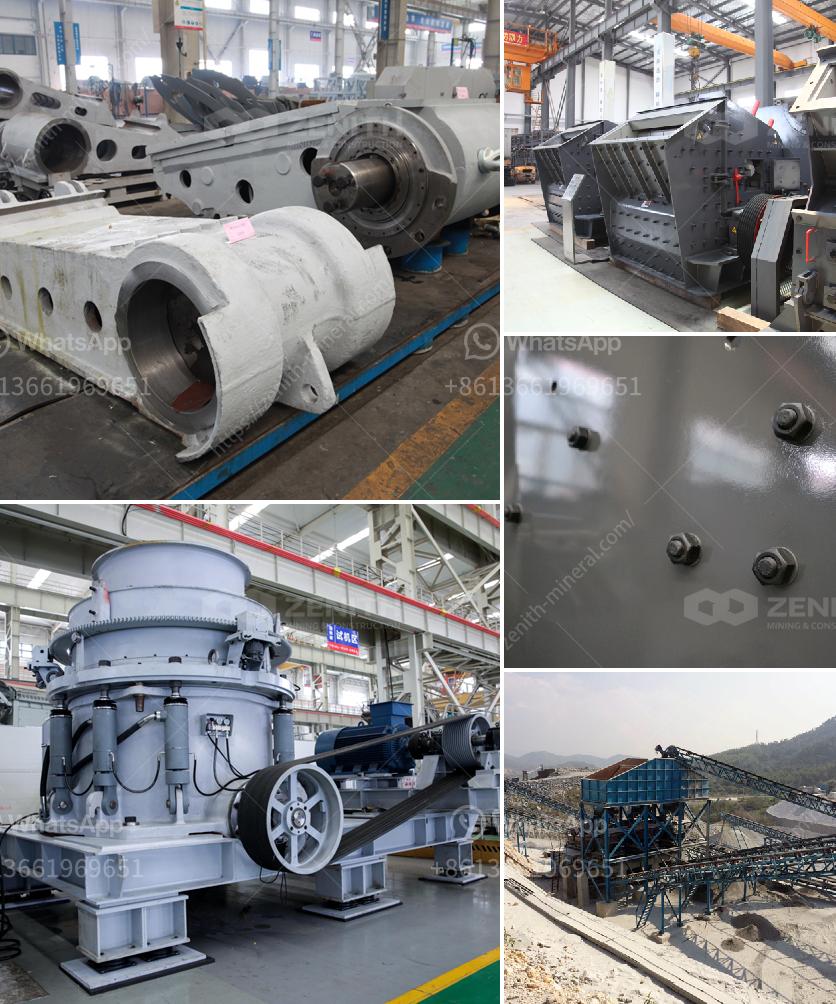To calculate the charge volume of a ball mill, you need to determine the volume of the mill that is occupied by the grinding media (balls) and the material to be ground. This calculation is crucial for optimizing the grinding process and ensuring efficient operation of the mill. Here’s a detailed explanation of the steps involved:
First, you need to measure the internal dimensions of the ball mill. This includes the diameter (D) and the length (L) of the mill. These measurements are typically in meters.
The volume of the mill (V_mill) can be calculated using the formula for the volume of a cylinder:
Where:
The charge volume (V_charge) is the volume of the mill that is occupied by the grinding media and the material to be ground. This is typically expressed as a percentage of the total mill volume. The charge volume can be calculated using the following formula:
\[ V{charge} = V{mill} \times \left(\frac{\text{Charge Level}}{100}\right) \]
Where:
Let’s go through an example calculation. Suppose you have a ball mill with an internal diameter of 2 meters and an internal length of 3 meters. The charge level is 40%.
\[ V{mill} = \pi \times \left(\frac{2}{2}\right)^2 \times 3 \]
\[ V{mill} = \pi \times 1^2 \times 3 \]
\[ V{mill} = \pi \times 3 \]
\[ V{mill} \approx 3.14159 \times 3 \]
\[ V{charge} = 9.42 \times \left(\frac{40}{100}\right) \]
\[ V{charge} = 9.42 \times 0.4 \]
So, the charge volume of the ball mill is approximately 3.768 cubic meters.
By following these steps, you can accurately calculate the charge volume of a ball mill, which is essential for optimizing the grinding process and ensuring efficient operation.

